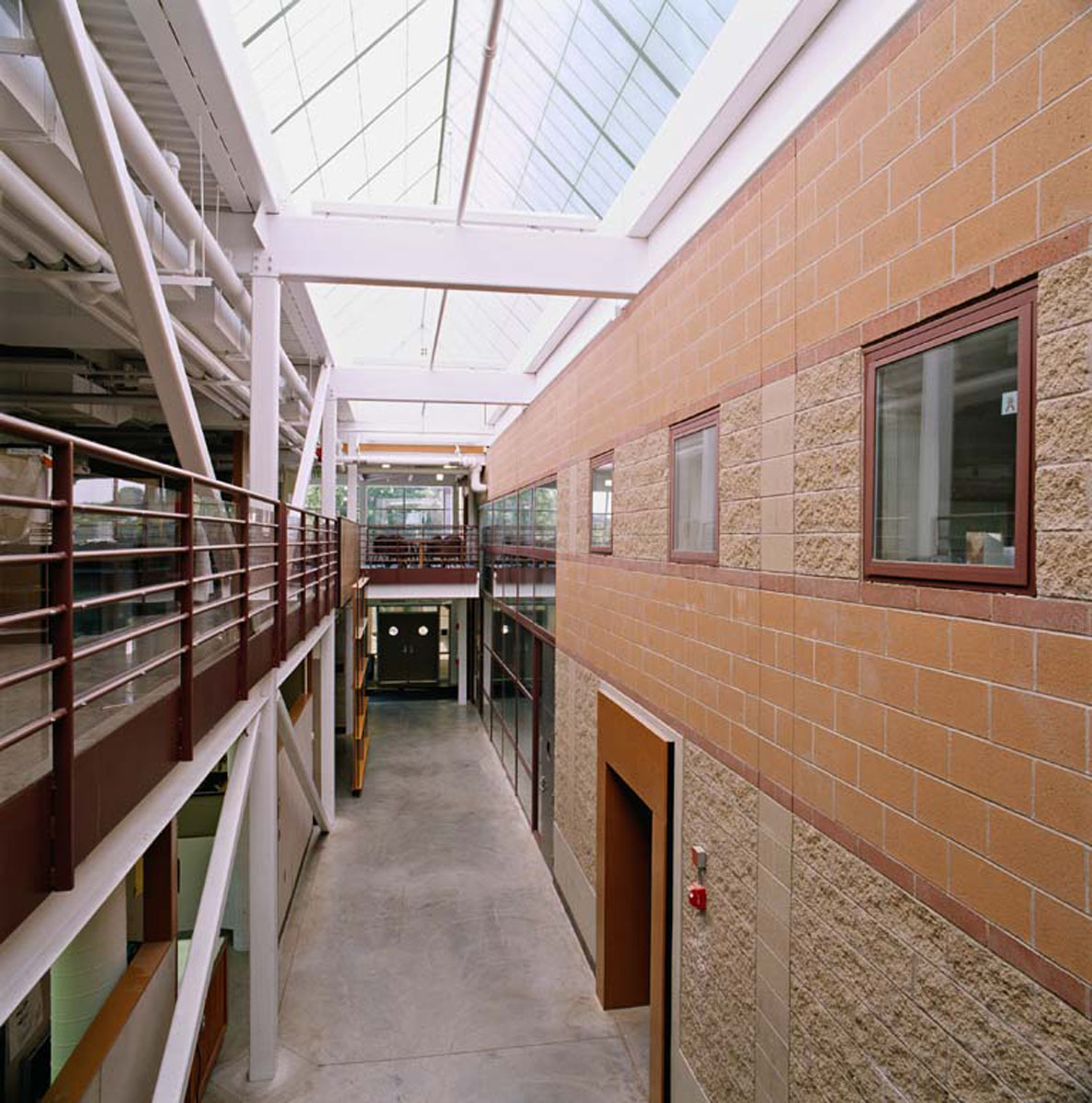
Re-thinking the Architecture Studio to Support Students
KITE’s latest design challenge is to update RWU’s School of Architecture studio space to meet modern learning and teaching needs while also anticipating future growth.
This new project is the latest in KITE’s work with RWU’s School of Architecture that spans decades. The award-winning design was originally KITE’s winning entry in a national design competition 1984 by founder William L. Kite, Jr, FAIA, and Geoffrey Palmer, AIA. In 2004. KITE then designed two major additions for new studios, classrooms, workshops and offices in 2004 as the first major project that current Principals Albert Garcia, AIA and Christine West, AIA collaborated on together.
KITE designed the building itself to be a teaching tool. It displays its own internal structural elements and building systems and is used by faculty to demonstrate concepts of structure and systems. An open arrangement of interior spaces and circulation cores include intentional gathering places built in key locations to enhance the collaborative culture of the school.The new transformation supports the pedagogy of a 21st century design studio identifying the ways that architectural studies have progressed since the original building design and how work modes such as mentoring and social aspects are a part of the studio experience. The design highlights collaboration and combination of digital work with physical making such as hand-drawing and model building.
At RWU’s School of Architecture studio renovations the design recommendations are grounded in research in human cognition that reveals how acoustics, spatial cues, light, materials, sight lines and more are perceived, how they cue actions, how they affect our well-being, and ultimately set the stage for effective learning.
With this a focus on human-centered design, KITE Architects also intends to increase a student’s sense of belonging, identity, and agency within the studio. For example, a key benefit to RWU’s studio experience is the assignment of a desk that is theirs and theirs alone. This enhances a sense of autonomy and control, and allows both flexibility and predictability in when and where the work happens. In the reorganized scheme, this is preserved, but additional attention is given to the individual’s place within the 12-person studio “pod”, and how the cohesiveness of this small group helps form an idenity and shared experience. In practice this looks like additional shared desk space and critique areas and more defined boundaries at the pod perimiter. It is intended to foster closer relationships for peer learning and mutual support.
As an additional example, the lighting re-design is a very important part of the project. With architects’ reputation for working late nights and an increased focus on digital work, the lighting design by KITE reduces overall ambient light in the large studio space to minimal levels during the late evening and overnight, with task lighting available at work surfaces. This lower light level has a direct correlation to biological responses that allow better sleep, which has been shown in countless studies to have a profound effect on mental performance and physical health.
KITE’s focus on human-centered design results in a distinctive and innovative approach to interior architecture. With its completion date of Fall 2021, the RWU studio renovation will continue to be a living laboratory for this science-based approach.
For more, check out this video presentation of KITE’s work at RWU over the last 40 years as well as an interview with Christine M. West, AIA, and Bill Kite, FAIA: